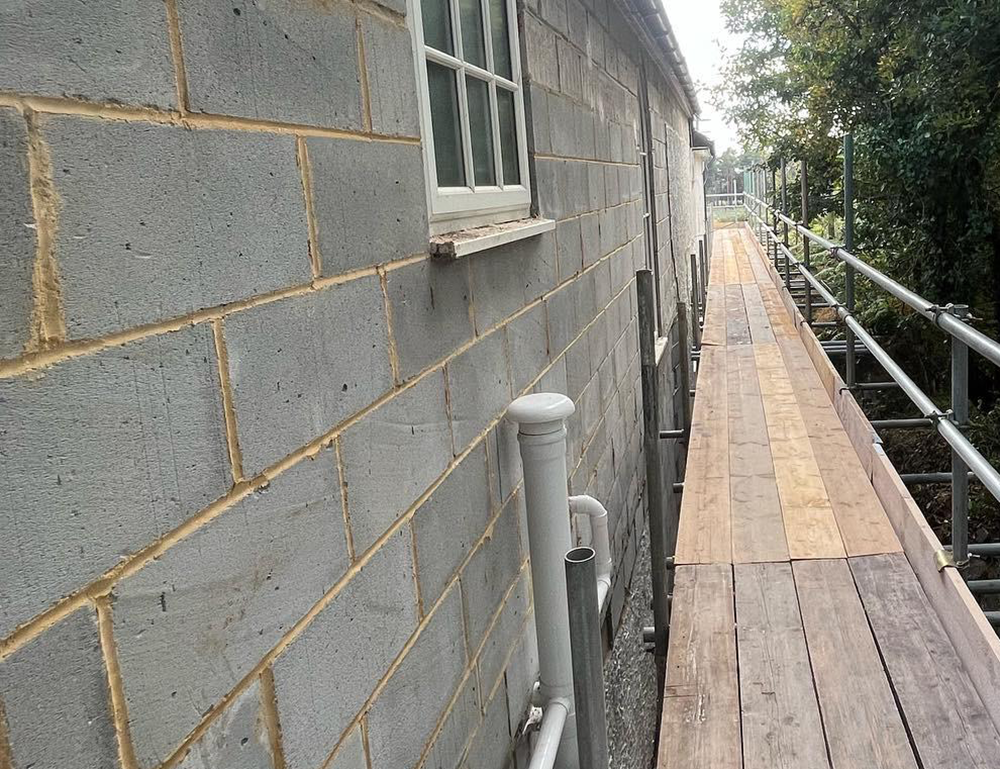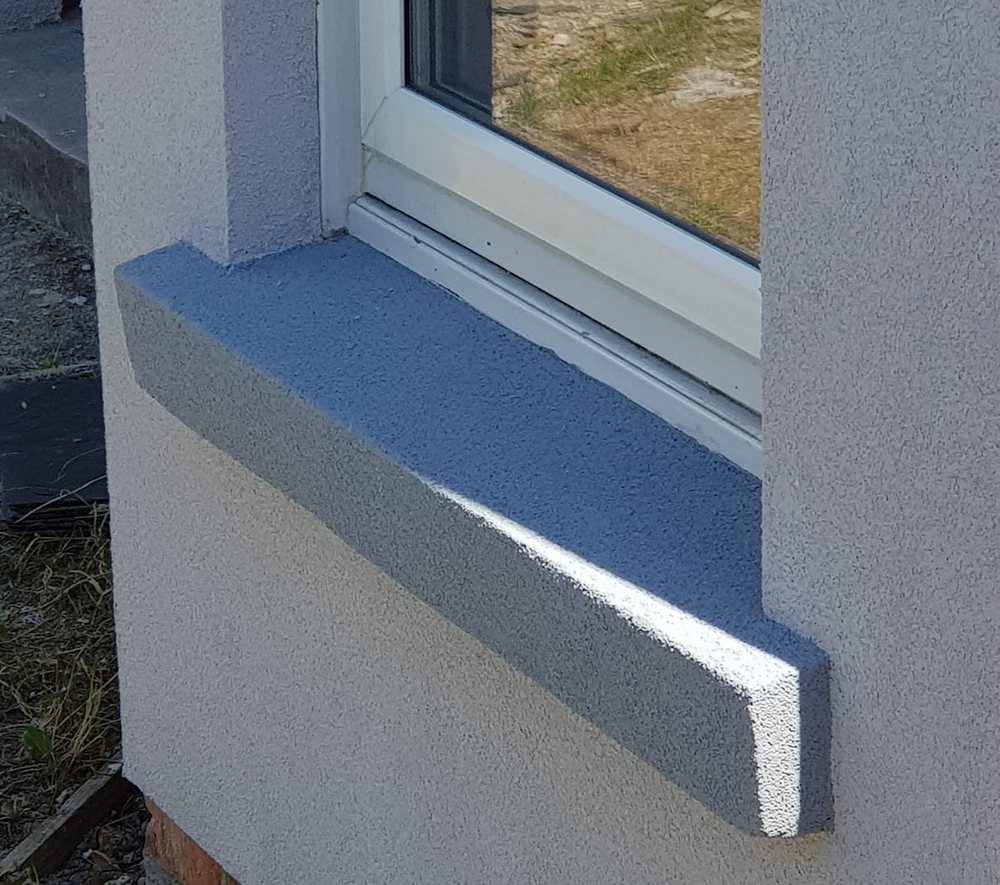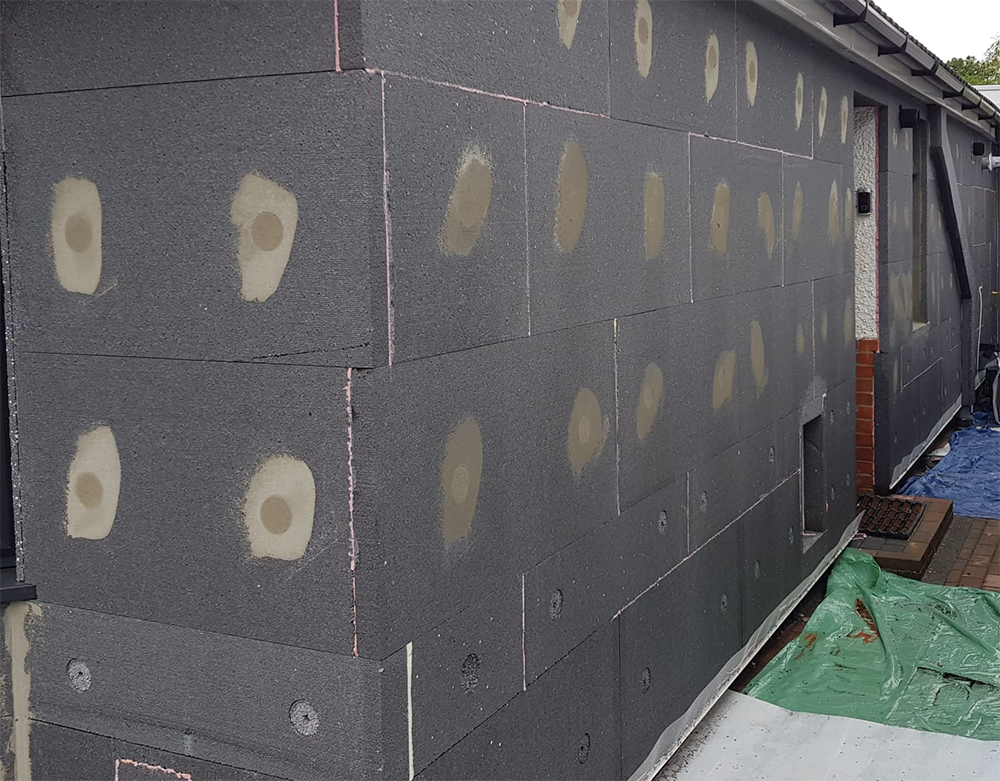External wall insulation (EWI) is a popular option for reducing a building’s energy loss and can be used on any building, regardless of construction type. It is the process of adding a layer of thermal insulation to the external structure of building to prevent heat loss. This layer of insulation can be made from a variety of materials, and different types of external wall insulation can provide different benefits. This article will explore the types of external wall insulation and their advantages, and provide advice on which type of insulation may work best for you.

Rigid Walls
Rigid walls are typically made from materials such as expanded polystyrene, mineral wool, or stone wool.
These materials provide superior insulation, as the carbon dioxide cells packed in the material become a thermal barrier from the outside elements.
The rigid walls are constructed of panels that attach directly to the building’s exterior, creating a continuous layer of insulation.
The panels can also be used to improve a buildings appearance, as they can be finished with cladding or other external finishes.

Flexible Walls
Flexible walls are made from materials that expand and contract with the temperature changes, such as expanded polyurethane.
Unlike the rigid walls, flexible walls are applied like a plaster and can fill the gaps in uneven surfaces to provide a uniform insulation.
This method of insulation is cost effective and easy to install, making it ideal for large scale projects or regular maintenance.
Additionally, the flexibility of the material allows it to be applied over almost any surface.

Vapor Permeable
Vapor Permeable external wall insulation is designed to provide both insulation and airtightness.
It allows moisture to escape from within the structure but prevents it from entering, making it a great option for buildings in humid climates.
It also helps increase the stability of the walls by reinforcing their strength and preventing water from entering.
The material is breathable, so it can allow for the exchange of fresh air, keeping the building free from mold and other allergens.

U-Value and R-Value Wall
U-value and R-value walls are a type of wall insulation that helps reduce energy consumption and increases energy efficiency.
This is done by using a combination of materials that have different insulation abilities, such as glass wool, stone wool, and cellulose.
This type of external wall insulation prevents heat loss while also improving thermal qualities.
Additionally, U-value and R-value wall insulation can provide acoustic benefits, helping to reduce or eliminate outside noise.

It is important to choose the right type of external wall insulation for your building, as each type has distinct advantages. Rigid walls provide superior insulation, while flexible walls are an economical option for large scale projects. Vapor permeable walls help protect against allergen build up, and U-value and R-value walls can reduce energy consumption. Ultimately, proper research and analysis should be done to ensure that the correct product is chosen to maximize insulation efficiency and reduce energy costs.




